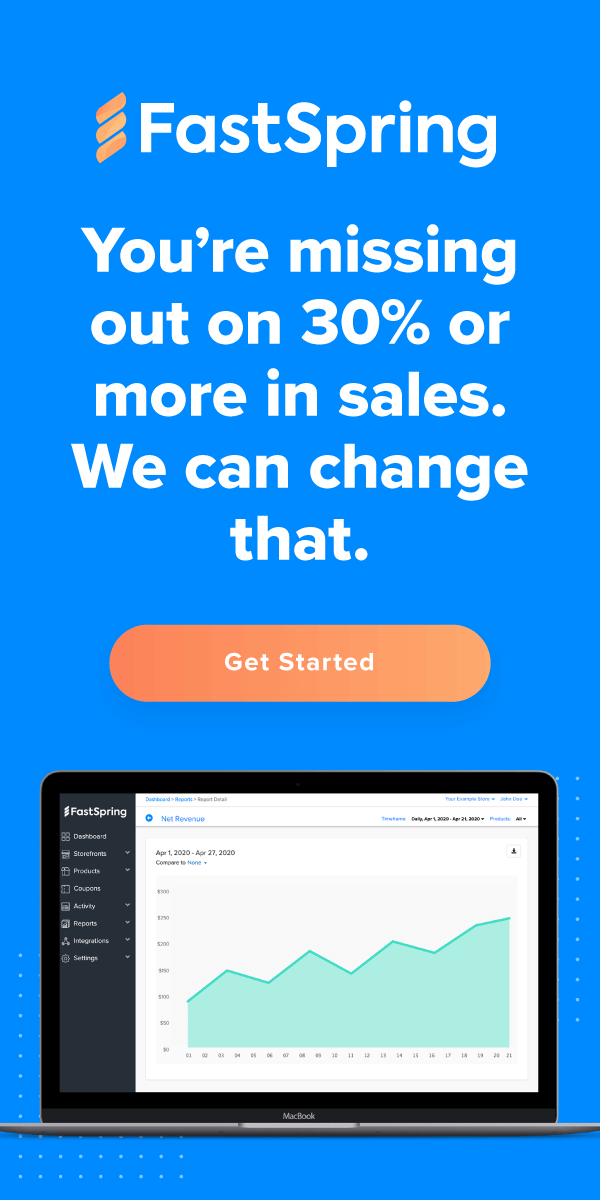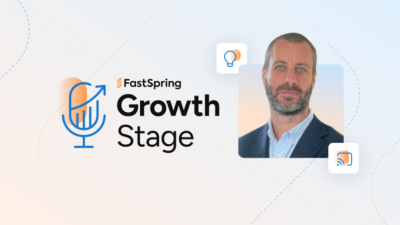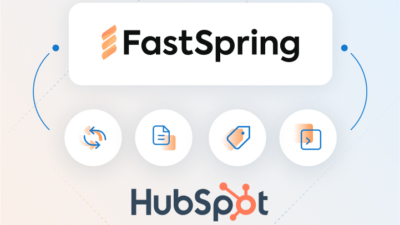“We’ll see.”
The dreaded words no one in SaaS wants to hear when closing enterprise SaaS sales.
‘We’ll see’ usually means ‘don’t get your hopes up’ — aka get ready to be left waiting until you (hopefully) back off.
Too often do prospects take to the ‘we’ll see’ approach and leave you hanging when you thought you were about to close an enterprise SaaS sale. They seem interested, they’ve tried the product, everything is going great – until they won’t commit to the purchase.
These delays to closing, to say the least, suck. Not just for you, but for the prospect who is missing out on the value of your product.
These are the 6 most common delays to closing enterprise saas sales that you need to know about, and our tried-and-true solutions to stopping them.
1. Not Personalizing Your Pitch
With a different client comes different needs and solutions you can provide them.
They may be very interested in your product, but if you don’t put in the effort to tailor your pitch to them, you’re going to lose them pretty quickly. In fact, this isn’t something that slows enterprise deals down as much as it prevents them from actually happening.
To Avoid It: This problem requires a mindset fix. Steli Efti (Close.io) says of sales reps in this blog post,
“[They] should customize [their] pitch and sell how the prospect wants to buy, not how [they] feels comfortable selling.”
Changing your approach to fit this mindset will be game-changing to your success closing enterprise saas sales. Evaluate your current sales method — who is it serving first? You, or your prospects? If your answer isn’t your prospect, take a few steps back and re-evaluate your method.
2. Not Closing All of the Stakeholders
Just because the CEO likes it, doesn’t mean it’s a done deal. Decisions are also made by the people using it, not just the people that push your product down onto them.
To Avoid It: Prioritize time to sit down (or at least have a phone call) with all of the major stakeholders involved in your deal. This is key to influencing every aspect of the decision-making process in your favour. Steli Efti from Close comes in clutch again with a great breakdown of the stakeholders you will come across in your sales in this blog post.
3. No Sense of Urgency On Both Sides
Enterprise companies aren’t going to be in a massive hurry to sign the deal — if they were, they would have committed to one of your standard packages. They want to make sure every single small detail is worked out before they put pen to paper.
But this leisurely rate doesn’t help your conversion rate. You need to push a pace that balances everyone’s needs and keeps everyone happy.
To Avoid It: Attach a deadline to a ‘limited time offer’ to help give the client an incentive to commit. Whether it’s a discount or a free offer, make them feel like they have the upper hand. This does not mean you should rush the customer into committing — it does mean you give them more reason to believe your product or service is the right choice, and the right choice right now. A great resource for this is The Lift Model by Chris Goward at WiderFunnel.
4. Not Knowing Your Competition
As Earnest Sweat explores in this article, “The answer is never ‘I have no competitors’”. There’s always someone out there doing something similar to what you do, and that counts as competition. They don’t have to be a direct competitor, they can also be indirect.
To Avoid It: Before you start trying to sell, you should already know who your competition is. If you don’t, how do you know that there isn’t someone out there doing exactly what you do? Do your homework before engaging with potential buyers, you don’t want to get blindsided by someone asking “What makes you different from [insert similar product here].” You can consult Brandwatch’s Complete Guide to Product Positioning for help on this one.
5. Not Qualifying Your Timeline
You haven’t provided them with any information on where to go from here, so they can take all the time that they want. The ‘ball is in their court’ so to speak. This goes hand in hand with point number three – not having urgency.
To Avoid It: Create a follow-up timeline for yourself and inform the prospect of when you will next follow up to get a status report, and you can go from there. This holds them accountable and puts a date on when they should potentially be making a decision by.
On top of this, finding a compelling event is also a great strategy to qualifying a timeline. Sales coach Richard Harris says usually a sale is tied to some sort of event that the prospect needs the solution for. He outlines a great example of what qualifying a timeline for a sale should sound like in this blog post.
6. Being a ‘Yes Man’
Saying yes to everything a prospect says can make them feel like they can walk all over you, get whatever they want, and are in complete control of the situation.
To Avoid It: Set boundaries before you engage in the sales process to clarify what you are able and unable to provide. Agreeing on some kind of ‘Upfront Contract’ we discussed in this previous blog post about closing enterprise deals is also a great strategy for ensuring the client doesn’t force you into the ‘yes man’ hole.
To recap, there are 6 delays you can identify in your enterprise sales:
- Not personalizing your pitch
- Closing all of the stakeholders
- No urgency — on both sides
- Not knowing your competition
- Not qualifying your timeline
- Being a ‘yes man’
A poor SaaS salesperson will understand the reasons for these delays and accept them. But that’s not you — you’re ready to use these solutions to overcome them. Start closing enterprise saas sales!
Click here to learn more about how FastSpring Interactive Quotes helps close enterprise deals while doubling conversion rates and saving 10+ hours a month on preparation time.
![[Customer Story] Why TestDome Considers FastSpring a Real Partner](https://fastspring.com/wp-content/themes/fastspring-bamboo/images/promotional/2023/FastSpring-TestDome-blog-thumbnail.jpg)








